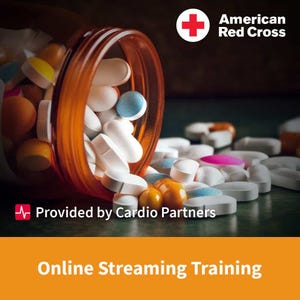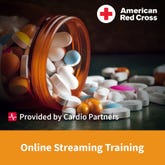First Aid For Opioid Overdoses
- Mar 8, 2022

First Aid For Opioid Overdoses
In the late 1990’s, healthcare providers began to prescribe opioids at a greater rate due to being reassured patients would not become addicted. Unfortunately, they were highly addictive and resulted in many deaths over the years. The U.S. Department of Health and Human Services states that more than 760,000 people have died since 1999 from a drug overdose. It is estimated that 40 percent of opioid overdose deaths involved a prescription opioid. Knowing how to tell if someone has overdosed can help save their life before they become another statistic.
Signs of an Overdose
American Addiction Centers describe an opioid overdose as a pathologic level of drug toxicity that overwhelms normal physiological functioning. If the individual is under heavy use of the drug, they will not realize they are experiencing an overdose, but as a bystander, you can look for symptoms including:
- Abnormal body temperature
- Loss of consciousness
- Skin color changes
- Seizure
- Difficulty breathing
If any of these signs are apparent, it is likely that an overdose is occurring and you should step in to help as soon as possible.
How to Help Someone Who is Overdosing
When an overdose occurs, The National Harm Reduction Coalition recommends that you first try to wake the person up by shaking or shouting at them. Next, call 9-1-1 for their assistance. As you wait for EMS to arrive, provide CPR to give the victim the best chance of survival. CPR increases the chance of survival 2x-3x.
If you are unsure how to perform CPR but want to be prepared for any emergency, Cardio Partners offers online and in-person CPR training classes. These classes help to ensure you are ready to act with CPR, using an AED, and knowing the signs of when you may be in an emergency situation. Additionally, we provide an online course, First Aid for Opioid Overdoses, to provide the knowledge and confidence you need to respond to a suspected overdose.







 CALL US:
CALL US: